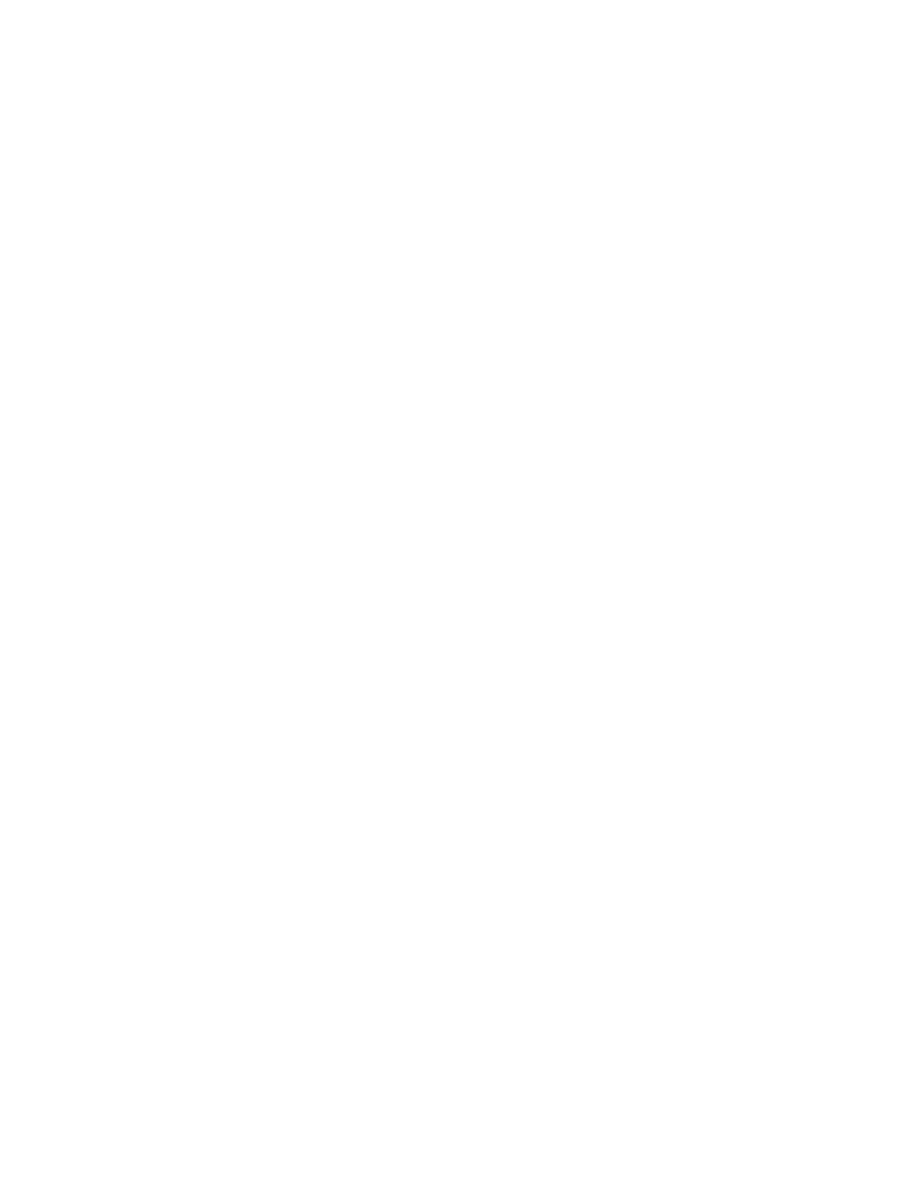
471
Federal Aviation Administration, DOT
§ 135.293
Subpart G—Crewmember Testing
Requirements
§ 135.291
Applicability.
Except as provided in § 135.3, this sub-
part—
(a) Prescribes the tests and checks
required for pilot and flight attendant
crewmembers and for the approval of
check pilots in operations under this
part; and
(b) Permits training center personnel
authorized under part 142 of this chap-
ter who meet the requirements of
§§ 135.337 and 135.339 to conduct train-
ing, testing, and checking under con-
tract or other arrangement to those
persons subject to the requirements of
this subpart.
[Doc. No. 26933, 61 FR 34561, July 2, 1996, as
amended by Amdt. 135–91, 68 FR 54587, Sept.
17, 2003]
§ 135.293
Initial and recurrent pilot
testing requirements.
(a) No certificate holder may use a
pilot, nor may any person serve as a
pilot, unless, since the beginning of the
12th calendar month before that serv-
ice, that pilot has passed a written or
oral test, given by the Administrator
or an authorized check pilot, on that
pilot’s knowledge in the following
areas—
(1) The appropriate provisions of
parts 61, 91, and 135 of this chapter and
the operations specifications and the
manual of the certificate holder;
(2) For each type of aircraft to be
flown by the pilot, the aircraft power-
plant, major components and systems,
major appliances, performance and op-
erating limitations, standard and
emergency operating procedures, and
the contents of the approved Aircraft
Flight Manual or equivalent, as appli-
cable;
(3) For each type of aircraft to be
flown by the pilot, the method of deter-
mining compliance with weight and
balance limitations for takeoff, landing
and en route operations;
(4) Navigation and use of air naviga-
tion aids appropriate to the operation
or pilot authorization, including, when
applicable, instrument approach facili-
ties and procedures;
(5) Air traffic control procedures, in-
cluding IFR procedures when applica-
ble;
(6) Meteorology in general, including
the principles of frontal systems, icing,
fog, thunderstorms, and windshear,
and, if appropriate for the operation of
the certificate holder, high altitude
weather;
(7) Procedures for—
(i) Recognizing and avoiding severe
weather situations;
(ii) Escaping from severe weather sit-
uations, in case of inadvertent encoun-
ters, including low-altitude windshear
(except that rotorcraft pilots are not
required to be tested on escaping from
low-altitude windshear);
(iii) Operating in or near thunder-
storms (including best penetrating al-
titudes), turbulent air (including clear
air turbulence), icing, hail, and other
potentially hazardous meteorological
conditions; and
(8) New equipment, procedures, or
techniques, as appropriate; and
(9) For rotorcraft pilots, procedures
for aircraft handling in flat-light,
whiteout, and brownout conditions, in-
cluding methods for recognizing and
avoiding those conditions.
(b) No certificate holder may use a
pilot, nor may any person serve as a
pilot, in any aircraft unless, since the
beginning of the 12th calendar month
before that service, that pilot has
passed a competency check given by
the Administrator or an authorized
check pilot in that class of aircraft, if
single-engine airplane other than tur-
bojet, or that type of aircraft, if heli-
copter, multiengine airplane, or tur-
bojet airplane, to determine the pilot’s
competence in practical skills and
techniques in that aircraft or class of
aircraft. The extent of the competency
check shall be determined by the Ad-
ministrator or authorized check pilot
conducting the competency check. The
competency check may include any of
the maneuvers and procedures cur-
rently required for the original
issuance of the particular pilot certifi-
cate required for the operations au-
thorized and appropriate to the cat-
egory, class and type of aircraft in-
volved. For the purposes of this para-
graph, type, as to an airplane, means
VerDate Sep<11>2014
08:20 May 17, 2019
Jkt 247048
PO 00000
Frm 00481
Fmt 8010
Sfmt 8002
Y:\SGML\247048.XXX
247048